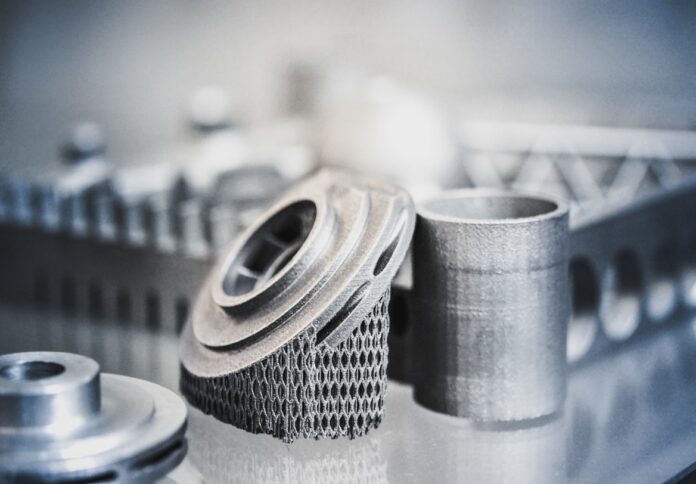
The latest market study from Additive Manufacturing Research (AM Research) reveals that the use of additive manufacturing (AM) in military and defence is experiencing unprecedented growth.
The report, Additive Manufacturing in Military and Defense 2024, estimates that the Department of Defence (DoD) will allocate $800 million to 3D printing technologies in 2024, an increase from $300 million in 2023.
Projections suggest that this market could exceed $2.6 billion by 2030, AM research said in a media release.
The report highlights the transformative impact of AM across military operations, offering insights into its potential to redefine the defence landscape.
With escalating global tensions and evolving security challenges, AM is positioned as a critical tool for developing and deploying essential military assets.
The study draws from expert interviews with personnel from the US Navy, Air Force, Space Force, and Army, providing a comprehensive analysis of AM adoption in defence.
The findings emphasise the need for proactive engagement by defence contractors, technology providers, and policymakers to leverage AM effectively.
Notable advancements highlighted in the report include:
- Enhanced precision and customisation capabilities for military hardware.
- Cost-effective production of critical components, reducing dependency on traditional supply chains.
- Opportunities for both polymer and metal AM markets, spanning hardware, materials, and printing services.
The report also includes detailed market forecasts for leading AM technologies such as Powder Bed Fusion, Directed Energy Deposition, Metal Binder Jetting, and Bound Metal Deposition.
The study profiles a diverse range of companies and organisations contributing to the expansion of AM in defence.
Key players include Pratt & Whitney, SPEE3D, Boeing, 3D Systems, and Rocket Lab, alongside government-backed initiatives like America Makes and AM Forward.
For a deeper dive into the study’s findings and to request a sample, visit Additive Manufacturing Research.



















